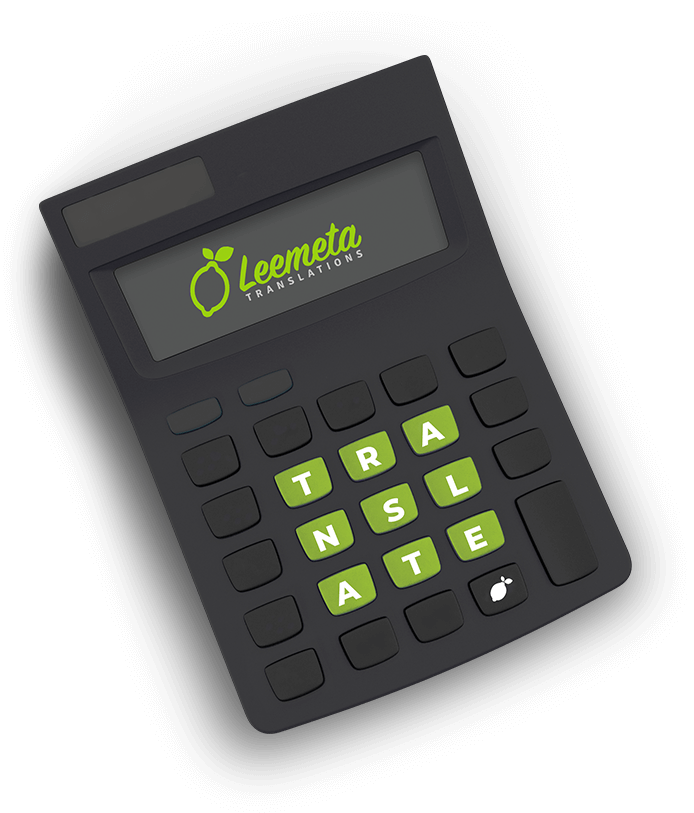When people think about language professionals, they often use the terms interpreter and translator interchangeably. However, while both fields involve converting one language into another, they require completely different skill sets, techniques, and even personality traits. So, what sets these two professions apart? Let's dive into the fascinating world of interpreting and translating to explore their unique challenges and requirements.
The Core Difference: Spoken vs. Written
The primary distinction between interpreting and translating is the mode of communication:
- Interpreting deals with spoken language. An interpreter listens to a speaker and conveys the message into another language in real-time or with minimal delay.
- Translating deals with written text. A translator takes a document, book, or any written material and converts it into another language with accuracy and cultural nuance.
Both require deep linguistic knowledge, but the way these skills are applied differs significantly.
The World of Interpreting: Fast, Dynamic, and High-Pressure
Types of Interpreting
Interpreting happens in real time, which makes it fast-paced and mentally demanding. There are different types of interpreting, depending on the setting:
Simultaneous Interpreting
- Used at conferences, the UN, EU, or other meetings.
- The interpreter listens and speaks at the same time, with only a few seconds' delay.
- Requires intense focus, quick thinking, and the ability to process information rapidly.
- Interpreters often work in soundproof booths with headsets and microphones.
Consecutive Interpreting
- Used in press conferences, legal settings, or medical appointments.
- The speaker talks for a few sentences, then pauses to let the interpreter translate.
- Requires excellent memory and note-taking skills.
Liaison (or Community) Interpreting
- Used in small business meetings, hospitals, or refugee interviews.
- The interpreter acts as a bridge between two people speaking different languages.
- Often involves informal or sensitive conversations.
Skills Needed for Interpreting
- Exceptional listening and memory skills
- Ability to think and speak quickly and clearly
- Cultural awareness and neutrality
- Emotional resilience—interpreters often work in high-stress environments
Interpreting is not just about words; it's about tone, speed, and emotion. A single hesitation or incorrect word choice can completely change the meaning of a conversation.
The Art of Translation: Precision, Research, and Attention to Detail
While interpreting requires quick thinking, translation is a slow and meticulous process. Translators work with written text, which allows them to take their time to ensure accuracy, clarity, and cultural appropriateness.
Types of Translation
- General Translation – Books, articles, websites, subtitles.
- Legal Translation – Contracts, court documents, patents.
- Medical Translation – Hospital reports, pharmaceutical information.
- Technical Translation – User manuals, engineering documents.
- Marketing Translation & Transcreation – Advertisements, brand slogans.
- Other Areas of Translation
Unlike interpreters, translators often have access to reference materials, dictionaries, and translation software. However, that doesn’t mean their job is easy.
Challenges of Translation
- Words and phrases don’t always have direct equivalents in another language.
- The meaning must be adapted for cultural and contextual differences.
- Specialized fields like medicine or law require deep industry knowledge.
Example:
- In English, "It's raining cats and dogs" means heavy rain.
- A word-for-word translation into another language wouldn’t make sense!
- Instead, a translator must find an equivalent idiomatic expression in the target language.
Skills Needed for Translation
- Strong writing and research abilities
- Attention to detail and ability to spot errors
- Deep cultural understanding for accurate localization
- Patience—some documents take weeks or months to translate!
Which Profession is Right for You?
Are you better suited for interpreting or translating? Here’s a quick way to find out:
- If you love adrenaline, quick thinking, and live interactions, interpreting is your calling.
- If you prefer working alone, enjoy research, and love the precision of writing, translation is a better fit.
Some professionals do both, but most specialize in one field due to the different skill sets required.
The Role of Technology: Will Machines Replace Humans?
With AI and machine translation tools like Google Translate and DeepL, many people wonder: Will translators and interpreters be replaced by technology?
The short answer? No.
While AI helps with basic translations, it struggles with nuance, cultural adaptation, humour, and emotions—all of which are crucial in both interpreting and translating.
Example: A legal contract or medical report requires absolute precision. A machine might translate the words correctly but miss the legal or medical implications.
Interpreting is even harder for AI to replicate because it involves human interaction, body language, and real-time decision-making.
Two Professions, One Mission
Both interpreting and translating play a crucial role in bridging language gaps and connecting cultures.
Whether it's an interpreter facilitating peace talks between world leaders or a translator bringing literature to a new audience, language professionals are essential in today’s globalized world.
So next time you meet an interpreter or translator, remember—they may both work with languages, but their jobs are worlds apart!
How many languages do you speak? Have you ever tried interpreting or translating? Share your experience in the comments!












